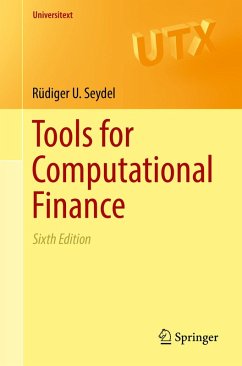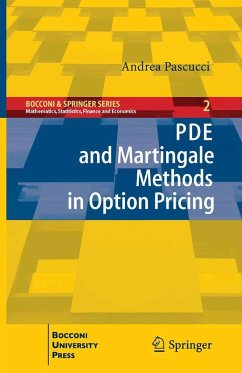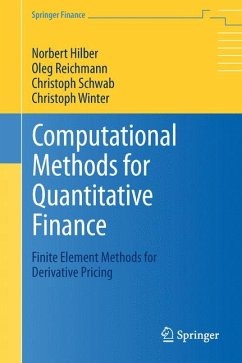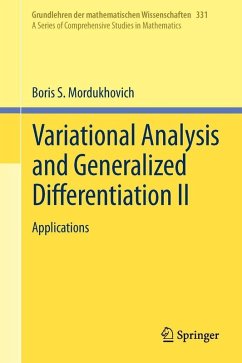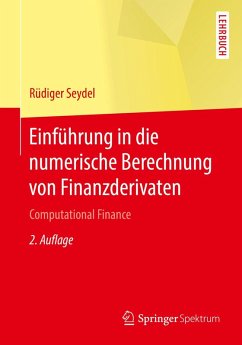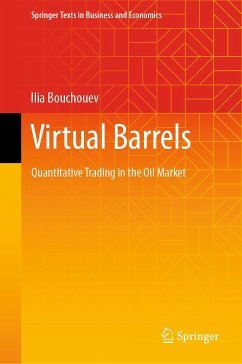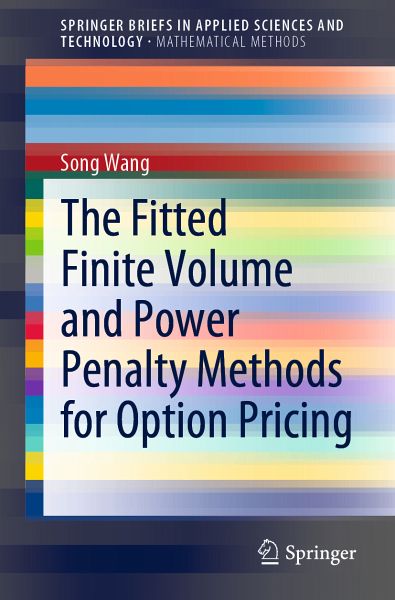
The Fitted Finite Volume and Power Penalty Methods for Option Pricing (eBook, PDF)
Versandkostenfrei!
Sofort per Download lieferbar
40,95 €
inkl. MwSt.
Weitere Ausgaben:

PAYBACK Punkte
20 °P sammeln!
This book contains mostly the author's up-to-date research results in the area. Option pricing has attracted much attention in the past decade from applied mathematicians, statisticians, practitioners and educators. Many partial differential equation-based theoretical models have been developed for valuing various options. These models do not have any practical use unless their solutions can be found. However, most of these models are far too complex to solve analytically and numerical approximations have to be sought in practice. The contents of the book consist of three parts: (i) basic theo...
This book contains mostly the author's up-to-date research results in the area. Option pricing has attracted much attention in the past decade from applied mathematicians, statisticians, practitioners and educators. Many partial differential equation-based theoretical models have been developed for valuing various options. These models do not have any practical use unless their solutions can be found. However, most of these models are far too complex to solve analytically and numerical approximations have to be sought in practice.
The contents of the book consist of three parts: (i) basic theory of stochastic control and formulation of various option pricing models, (ii) design of finite volume, finite difference and penalty-based algorithms for solving the models and (iii) stability and convergence analysis of the algorithms. It also contains extensive numerical experiments demonstrating how these algorithms perform for practical problems. The theoretical and numericalresults demonstrate these algorithms provide efficient, accurate and easy-to-implement numerical tools for financial engineers to price options.
This book is appealing to researchers in financial engineering, optimal control and operations research. Financial engineers and practitioners will also find the book helpful in practice.
The contents of the book consist of three parts: (i) basic theory of stochastic control and formulation of various option pricing models, (ii) design of finite volume, finite difference and penalty-based algorithms for solving the models and (iii) stability and convergence analysis of the algorithms. It also contains extensive numerical experiments demonstrating how these algorithms perform for practical problems. The theoretical and numericalresults demonstrate these algorithms provide efficient, accurate and easy-to-implement numerical tools for financial engineers to price options.
This book is appealing to researchers in financial engineering, optimal control and operations research. Financial engineers and practitioners will also find the book helpful in practice.
Dieser Download kann aus rechtlichen Gründen nur mit Rechnungsadresse in A, B, BG, CY, CZ, D, DK, EW, E, FIN, F, GR, HR, H, IRL, I, LT, L, LR, M, NL, PL, P, R, S, SLO, SK ausgeliefert werden.



